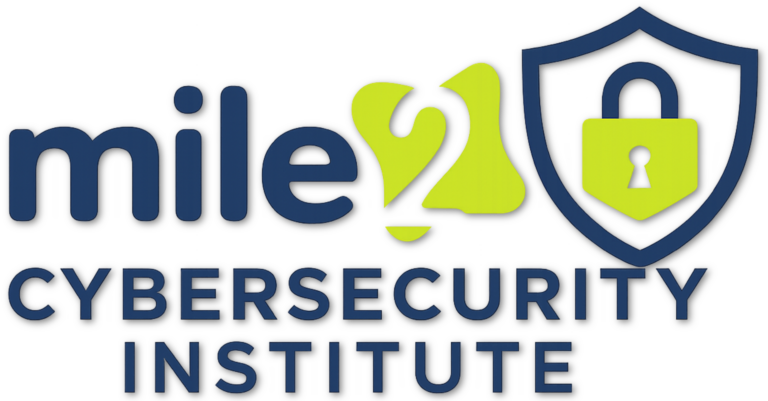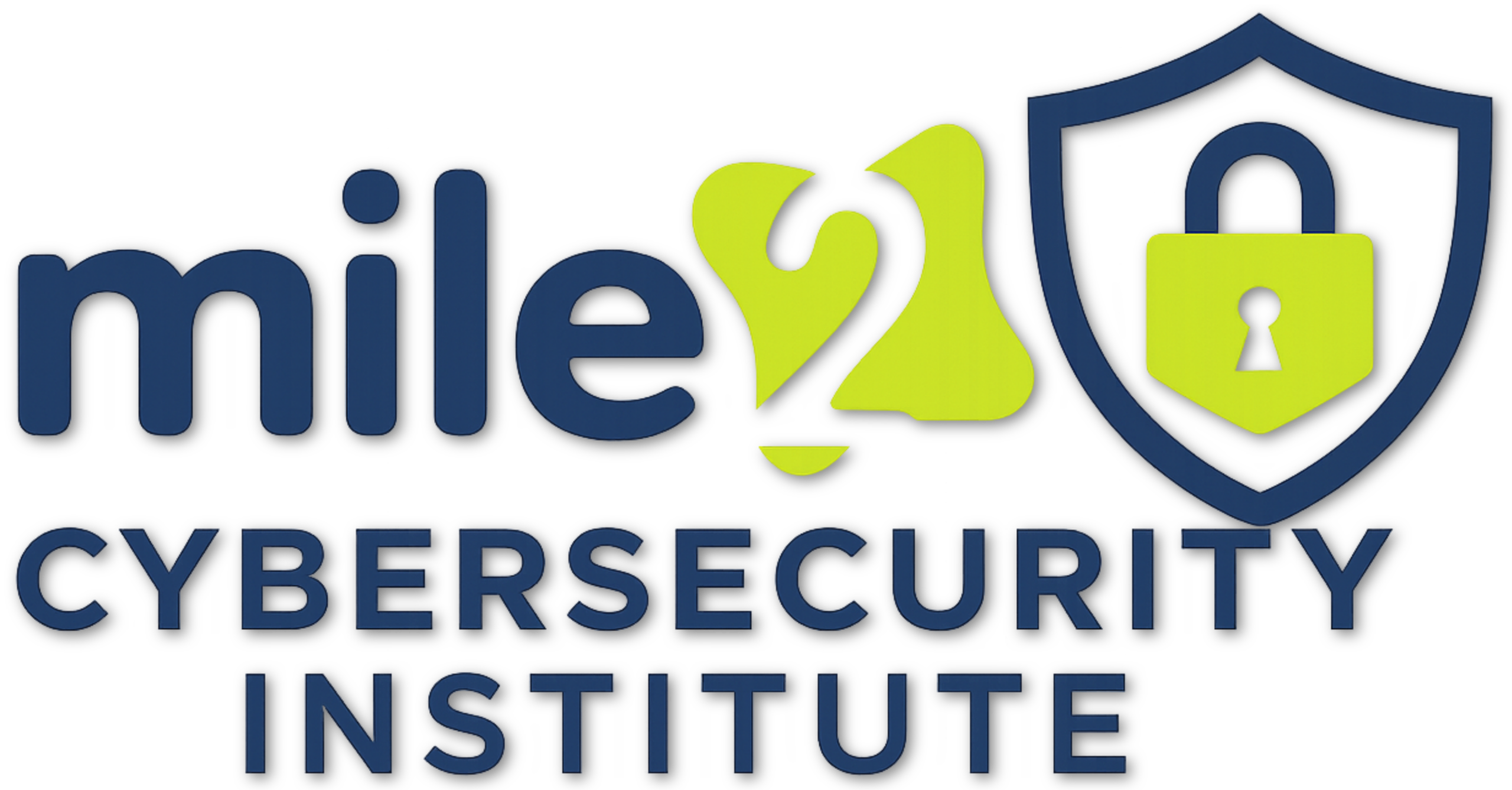OCU C)NP C Week 03 Lesson 05 Discussion
- This topic has 6 replies, 4 voices, and was last updated 8 months, 1 week ago by
Trae Johnson.
-
AuthorPosts
-
-
March 29, 2022 at 12:01 pm #66096
Jessica Jagerson
KeymasterProvide at least two wireless LAN standards.
-
April 24, 2025 at 5:09 pm #105558
Mjulius513
ParticipantTwo common wireless LAN standards are IEEE 802.11n and IEEE 802.11ac. The 802.11n standard was released in 2009 and is known for improving speed and range compared to earlier versions. It can operate on 2.4 and 5 GHz frequencies and supports speeds up to 600 Mbps. It uses a technology called MIMO (Multiple Input Multiple Output), which allows the router to send and receive more than one data signal at a time, improving performance. The 802.11ac standard came later and brought even faster speeds, up to several gigabits per second. It only uses the 5 GHz band, which is usually less crowded than 2.4 GHz, helping to reduce interference. This standard is great for streaming videos, online gaming, and transferring large files. Both standards help make wireless internet faster and more reliable, especially in homes, schools, and businesses where many devices are connected at once.
-
April 29, 2025 at 12:02 am #105630
Trae Johnson
ParticipantI like the way you identified the most critical differences between 802.11n and 802.11ac, especially highlighting MIMO and the transition to the less crowded 5 GHz band with 802.11ac. It’s easy to see why 802.11ac is better suited to high-bandwidth uses like gaming and streaming.
-
-
April 25, 2025 at 1:24 am #105559
Trae Johnson
ParticipantWireless LAN standards play a significant role in defining the devices’ communication on wireless networks. IEEE 802.11n and IEEE 802.11ac are two common WLAN standards. IEEE 802.11n, or Wi-Fi 4, makes use of both the 2.4 GHz and 5 GHz bands and offers a data rate of up to 600 Mbps. It uses Multiple Input, Multiple Output (MIMO) technology, enhancing performance and coverage by transmitting and receiving data through multiple antennas. IEEE 802.11ac, or Wi-Fi 5, is available only on the 5 GHz band and provides much faster data rates, with speeds going up to several gigabits per second. This standard incorporates innovative elements such as beamforming, advanced MIMO, and wider channel bandwidths that enhance the efficiency of the network and wireless communication speed (Oliviero & Woodward, 2021).
Reference:
Oliviero, J., & Woodward, J. (2021). CompTIA Network+ guide to managing and troubleshooting networks (6th ed.). McGraw-Hill Education. -
April 25, 2025 at 5:05 pm #105579
Erin Kesterson
ParticipantStandard LAN would be IEEE 802.11 ac and 802.11ax. 802.11 ac is mostly used in homes and office networking to allow laptops and printers and other devices to communicate accross the devices. to access the internet without connecting wires the IEEE 802.11 is basis for vehicles-base communication to. This is also for 5GHz.
802.11n is a wireless networking that uses multiple antenna to increase the rates of data. Startard support for multipal input and output frame aggregation and improved security with other features and also can be used on 2.4 GHz and 5 GHz.-
April 26, 2025 at 7:08 pm #105591
Mjulius513
ParticipantYou explained it well! IEEE 802.11ac and 802.11ax are great for fast wireless connections at home, offices, and even in vehicles, mainly using the 5 GHz band. 802.11n was an important step, too, as it used multiple antennas to boost speed and work on both 2.4GHz and 5GHz. It also brought better security and data handling features.
-
April 29, 2025 at 12:07 am #105631
Trae Johnson
ParticipantI appreciate that you mentioned 802.11ac is commonly used in home and office settings for wireless device-to-device communication and runs mostly on the 5 GHz band. You also treated well a mention of how 802.11n uses several antennas (MIMO) to increase speed and supports running on both 2.4 GHz and 5 GHz, which offers more flexibility and better security.
-
-
-
AuthorPosts
- You must be logged in to reply to this topic.


